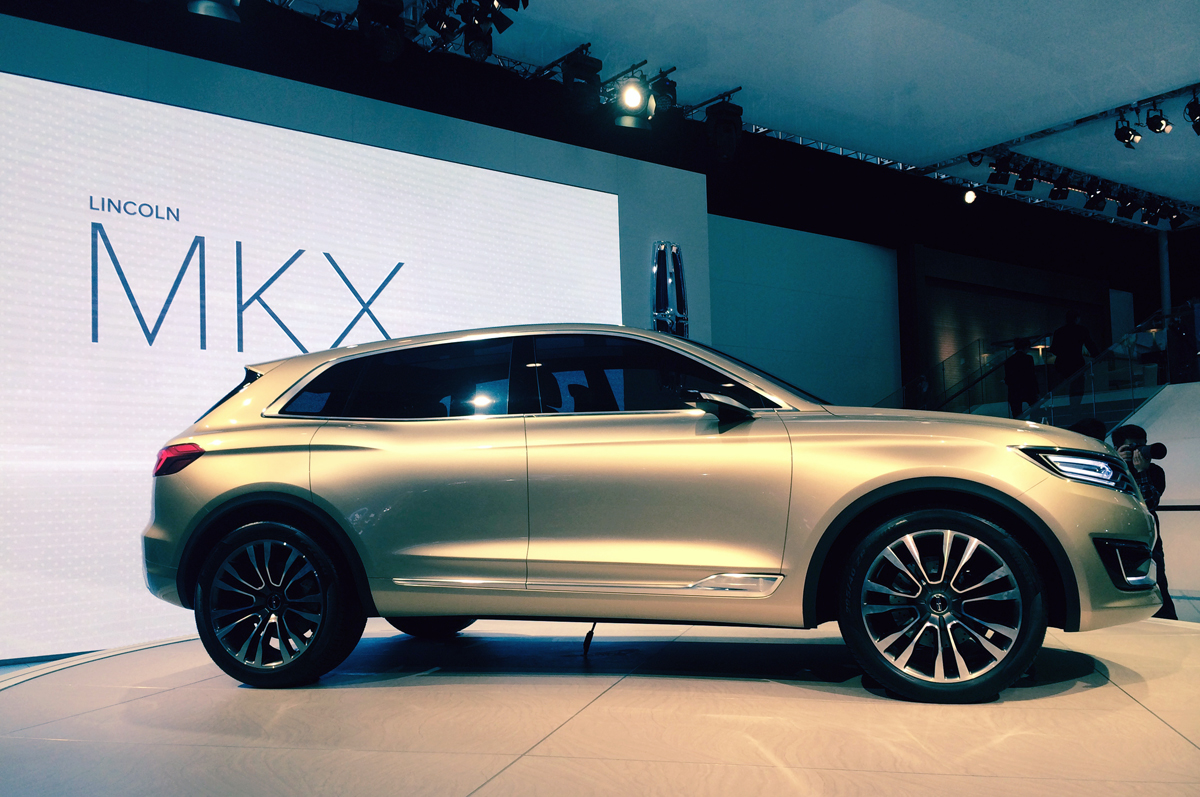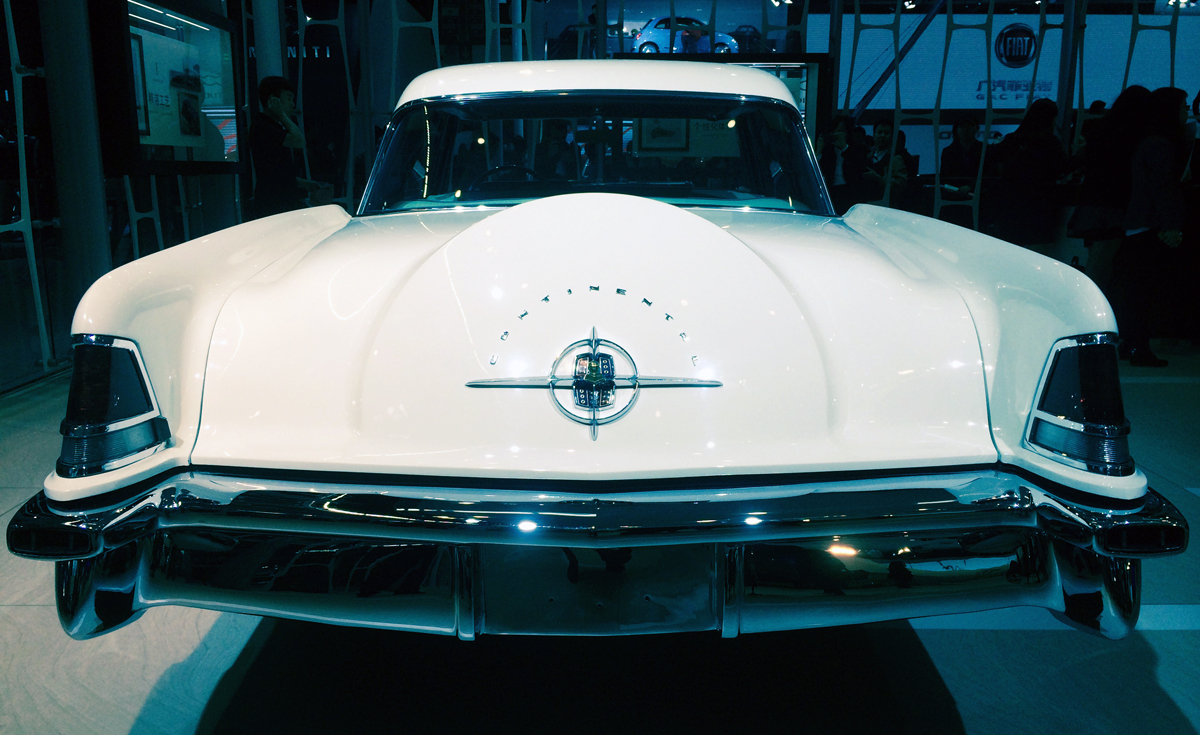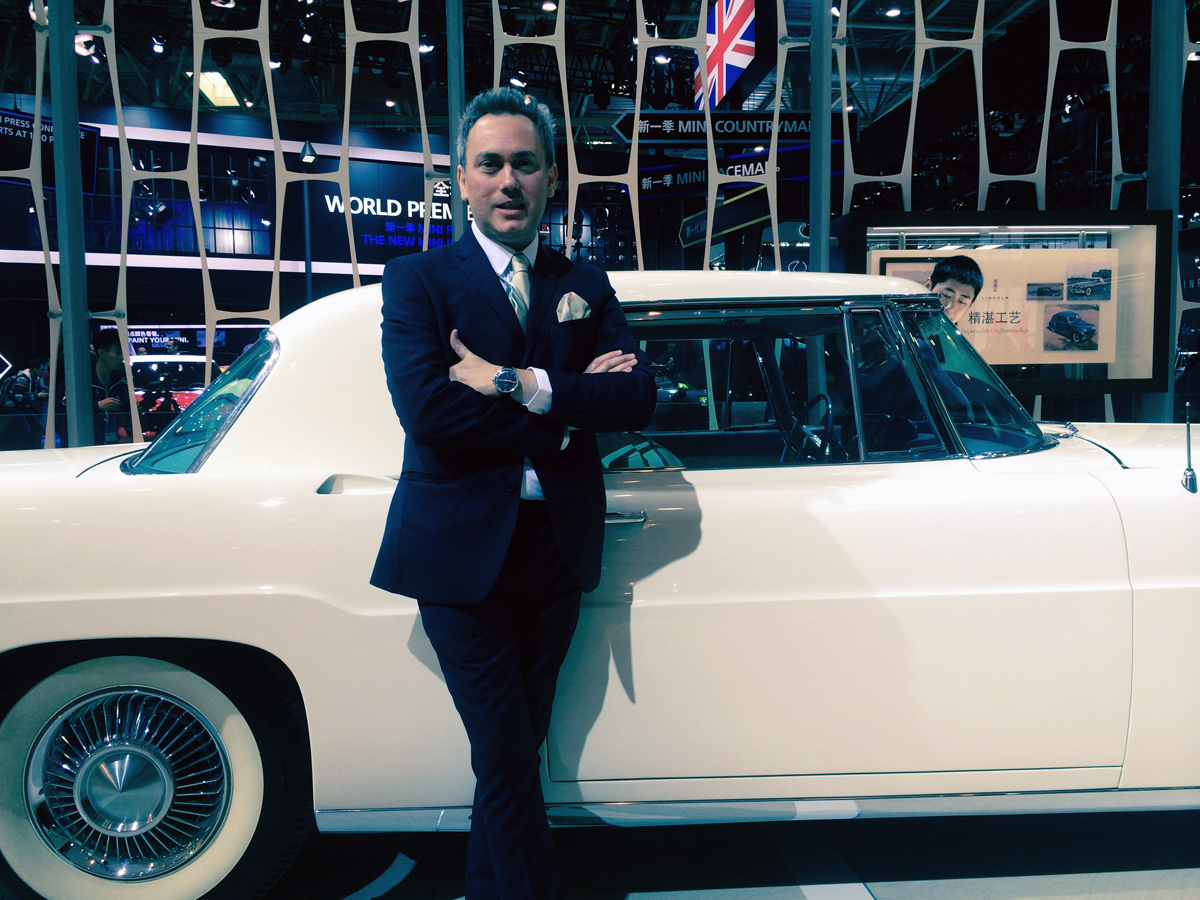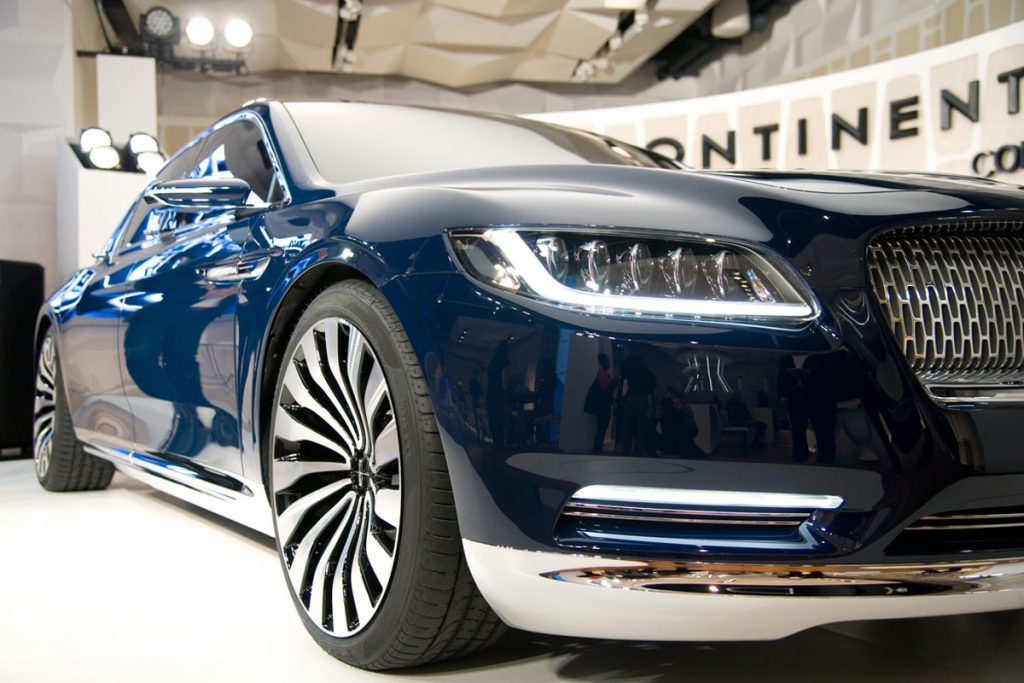Lincoln Launches in China
The American car company heads to Beijing to announce its plan to redefine luxury in the world’s (for now) second-largest economy


Nixon famously visited China in 1972 and now—42 years after the People’s Republic opened up to the West—Lincoln has just announced it will soon arrive. This fall, the American car company that’s been hard at work rebranding itself here in the States will begin selling its vehicles in China.
It’s a critical moment not just for Lincoln (which has been on a roll of late), but also for luxury in China. The country is currently the world’s second-largest economy and still, despite mumblings of bubbles, among the world’s fastest-growing. As John Lawler, Chairman and CEO of Ford Motor China, told CH at the Lincoln launch in Beijing last week, “The luxury industry [here] is almost at an inflection point. The consumers are starting to change. It’s going away from people buying luxury goods as a statement of their net worth and it’s more about the individual, personalized service, and doing something for themselves.”

Essentially, there have been two waves of luxury cars to hit China. The first featured the usual (German) suspects and accounts for the swarms of jet-black Audis, Mercedes-Benzes, BMWs and VWs gliding along the highways of Beijing. The second wave is happening now—and it’s fueled by younger Chinese consumers born in the ’70s and ’80s who grew up with American culture: drinking Coke, watching the NBA and wearing Nikes.

Breaking into the Chinese market is, evidently, important to the new Lincoln. Last week marked the first time in the company’s almost 100-year history that it debuted a concept vehicle—the striking MKX—outside of the US. The concept for the mid-sized SUV was unveiled at the Auto China 2014 car show in Beijing, the same week that the International Auto Show was taking place in dusty old New York City.


To be expected, there are a few cultural differences between the luxury car-buyers of the US and of the PRC. By and large, many Chinese people are not fans of that “new car smell,” so Lincoln is working on new scents. Many don’t completely trust the claims of mechanics and technicians at dealer service shops, so any work done on a Lincoln in the service area will be recorded and can be emailed to the customer’s mobile device so there’s complete transparency. (They’ll even mail the faulty part that was fixed, if requested.)

“The Chinese consumer is very, very knowledgeable,” says Alan Mulally, President and CEO of Ford Motor Company. “They’re very familiar with Henry Ford’s son, Edsel, who decided to buy Lincoln originally.” (Henry Ford bought the Lincoln Motor Company in 1922 largely at his son’s insistence. Edsel, a fan of stylish sports cars in addition to elegant luxury cars, also purchased the first MG imported to the States.) “They know that most of the presidential vehicles were Lincolns.” Which brings up another advantage the brand has in China—each new Lincoln will be offered in a luxe model dubbed the Presidential Series. (In Chinese, the colloquial term for a limousine translates to “presidential car.”)
Lincoln’s betting on that awareness, so much so that each dealership (there will be eight in seven cities later this year, and by 2016 there will be 60 in 50 cities) will feature a classic Lincoln on display on the showroom floor. The vintage cars won’t be for sale, though. Instead, they will be featured within a dedicated “heritage stand” to convey the brand’s storied past, in the form of some of the most beautiful and elegant cars ever produced. Each dealership will also have a tearoom.

One of the Detroit treasures was at the Lincoln launch at the Auto China car show: the 1956 Continental Mark II, which was set alongside the MKX concept. David Woodhouse, Lincoln’s recently appointed Director of Design, couldn’t help but marvel at the Mark II along with the rest of the crowd. “It’s epic American glamour,” says the British designer (who used to head up Ford’s former Premier Automotive Group, which included brands like Aston Martin, Land Rover, and Jaguar). “There are lines and gestures that are fundamental to elegance. And this has that in spades.”
Woodhouse continues, “When you sit behind the wheel, it’s one of the few cars that’s almost higher at the leading edge of the hood than at the back. You sit there, and it’s very un-automotive. It feels like you’re in a speedboat.” Difficult to imagine anything better than that to navigate China’s second wave of luxury.
Photos by Michael Mraz












